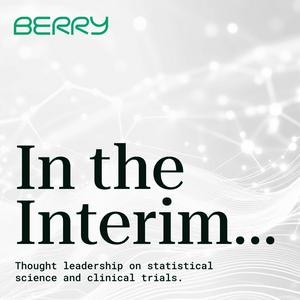The Legend of I-SPY 2 - Part B
In this episode, Dr. Don Berry and Dr. Scott Berry provide an in-depth account of I-SPY 2, focusing on the trial’s use of the “time machine” methodology—a Bayesian solution allowing bridging across arms to inform ongoing analyses. The discussion details how predictive probabilities and adaptive randomization shaped pivotal decisions, including the handling of Pertuzumab’s approval and Neratinib’s subtype-specific performance. This episode also documents the technical and operational contributions of Laura Esserman, Anna Barker, Janet Woodcock, Meredith Buxton, and Ashish Sanil, clarifying the roles that enabled the platform’s success and broader impact on subsequent adaptive trials.Key HighlightsIntroduction of the “time machine” concept, enabling valid comparison between experimental and control arms even when enrollment periods differ—a pragmatic solution originally utilized in sports examples for evolving platform trials as treatments and control arms change.Ongoing trial conduct driven by a Bayesian adaptive algorithm, developed and maintained by Berry Consultants statisticians, which computes predictive probabilities to guide arm graduation, futility, and real-time adjustment of randomization probabilities.Neratinib serves as a case study in subtype-specific adaptive randomization: the platform set randomization probability to zero in subtypes without signal, while effective subtypes increased randomization and advanced to graduation.I-SPY 2’s methodologies shaped subsequent adaptive platform trials (GBM AGILE, Precision Promise, COVID-19 ACTIV networks), with regulatory acceptance reflected in FDA guidance and Janet Woodcock’s public recognition of adaptive randomization as “adequate and well controlled” for registration studies.Specific recognition: Laura Esserman (trial leadership), Anna Barker (funding and strategic input), Janet Woodcock (FDA guidance and adaptive methods support), Meredith Buxton (logistics; GCAR leadership), and Ashish Sanil (Berry Consultants; ongoing algorithm implementation).


